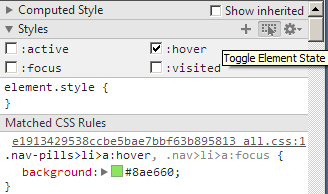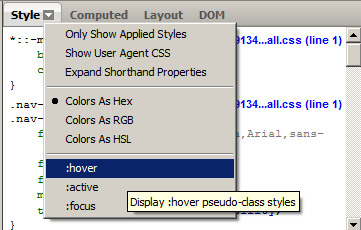Credit card merchant fees in Canada
I have long been a fan of rewards credit cards (see one of my first ever blog posts). Cash back, travel rewards, reduced foreign currency transaction fees, and travel insurance are just some of the rewards you can get just by using your credit card for everyday purchases. Factor in sign up bonuses, and you can get hundreds, if not thousands of dollars of perks every years just by using various credit cards. Every year there are newer cards with better rewards and the savvy consumer is certainly winning.
However, consumers aren’t the biggest winners — it’s the credit card companies. Visa, MasterCard, and American Express are posting record profits and their stocks are sky-rocketing.
Consumers and credit card companies are winning at the expense of the merchants. Why? Because merchants pay a fee for every single credit card transaction that they process (which is the motivation for them to run some ridiculous marketing campaigns encouraging you to use your credit card on purchases big and small). For Visa and MasterCard, the processing fee is between 1.65% to 2.71% or more. American Express fees aren’t as widely available but they can apparently be 3.5% or more. (You can imagine that to be the biggest reason why AMEX isn’t more widely accepted.)
The worst part for businesses accepting credit card payments is that the credit card processing fee they pay can be higher for rewards cards. This means that a Capital One Aspire World MasterCard might cost merchants 2.71% (or more) of the total purchase amount whereas a CIBC Classic VISA Card might cost merchants 1.65% of the total purchase amount. (See this document for a breakdown of many credit cards’ merchant fee.) Of course, merchants aren’t allowed to refuse your “premium” travel rewards card while accepting your no-reward card.
Merchants much prefer debit card payments (where they might pay a flat 12 cent fee per Interac transaction, no matter what the amount) or cash. But most merchants would lose business if they stopped accepting credit cards.
And are consumers as a whole actually winning with high credit card usage and lots of rewards? Arguably not. If merchants have to pay to receive credit card payments, they either have to reduce their profit or increase prices. (In reality it is more complicated than that, but it illustrates the point.) Consumers have to pay the increased prices.
To the individual consumer, the incentive to use credit cards less is not obvious. You don’t personally pay more to use a credit card (unless you don’t have the money to pay your bill, of course) — the flip side being that you don’t usually pay less for using cash. Since we’re all paying for the increased prices, the logic is that each one of us might as well try to get something back in the form of credit card rewards. Otherwise you’re somewhat paying for someone else’s rewards.
When I’m patronizing a small business I might choose to pay with cash or debit, but for purchases made at big companies, I don’t really care if MasterCard is skimming Esso’s profit margin. And that’s a shame.




 keung.biz. Hire my web consulting services at
keung.biz. Hire my web consulting services at  Follow us on Twitter
Follow us on Twitter

